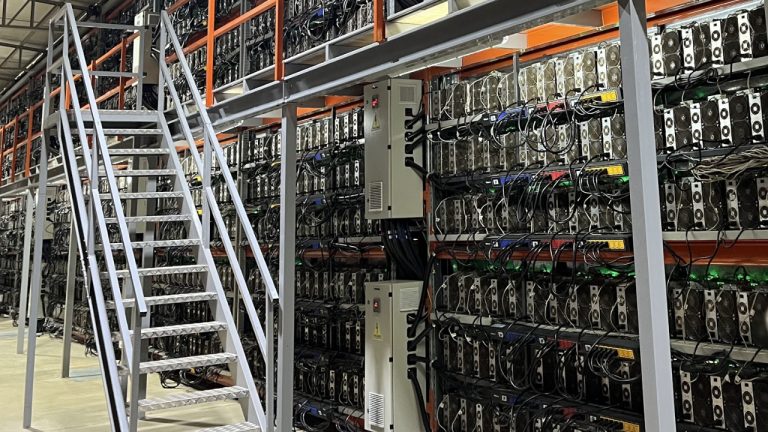
The venture firm is putting $600 million of its billions into a new gaming fund — which includes Web3, GameFi and AI-integrated gaming projects.
Venture capital firm Andreessen Horowitz (a16z) said it raised $7.2 billion to invest across several tech sectors, including gaming and artificial intelligence — but isn’t putting any more toward crypto.
The firm’s “Growth” venture strategy — a bundle of funds backing a range of early-stage startups — will receive the largest chunk of the raise at $3.75 billion. Its "Infrastructure" and "Apps" will respectively receive $1.25 billion and $1 billion, a16z said in an April 16 statement.
Its Infrastructure strategy mostly focuses on funding teams in the AI, computing and data industries, while the Apps funds focus on consumer, enterprise and fintech application builders.















